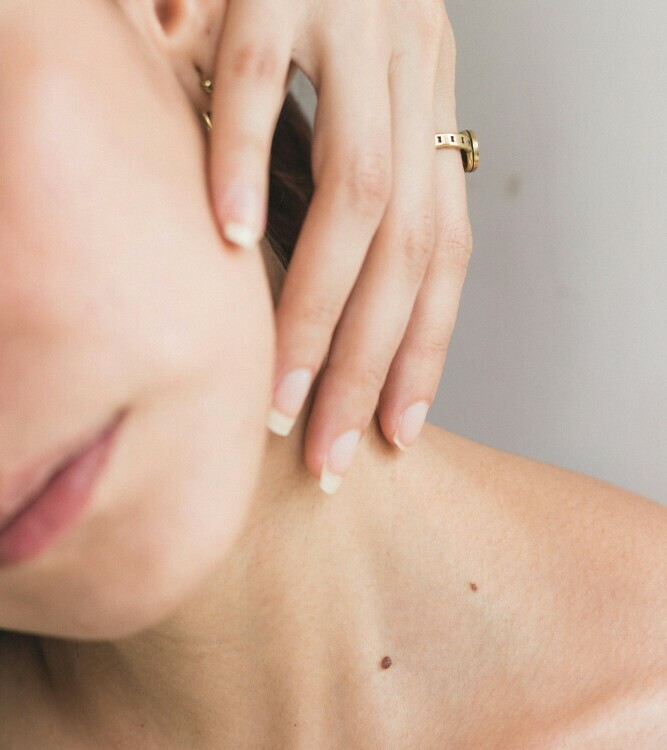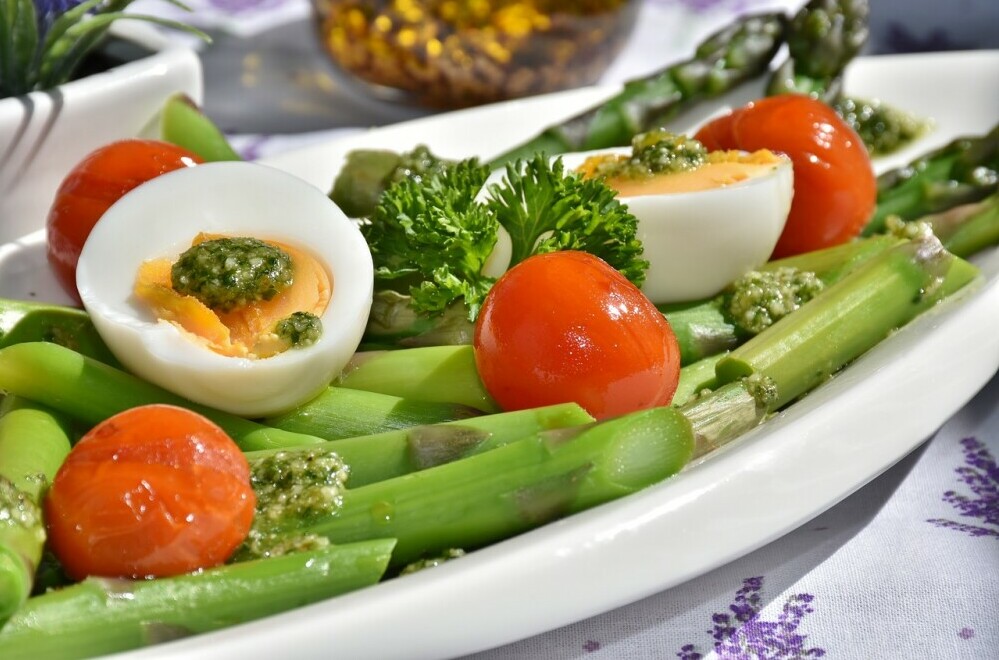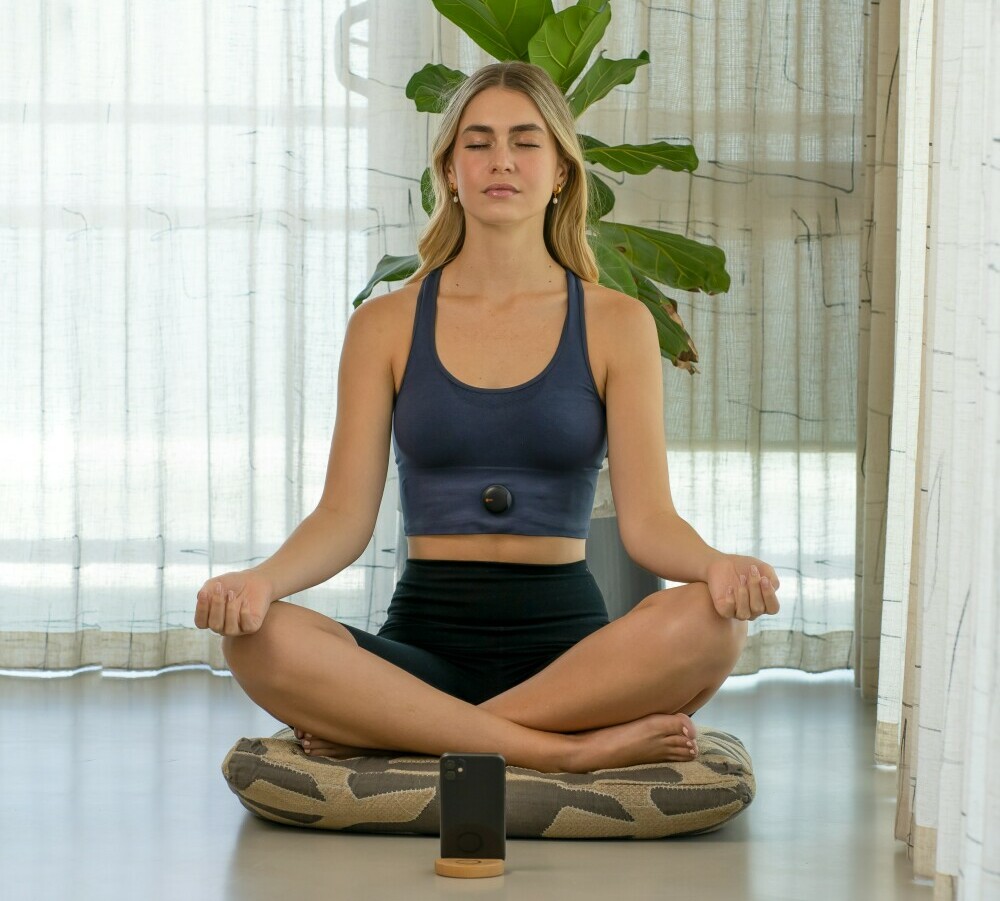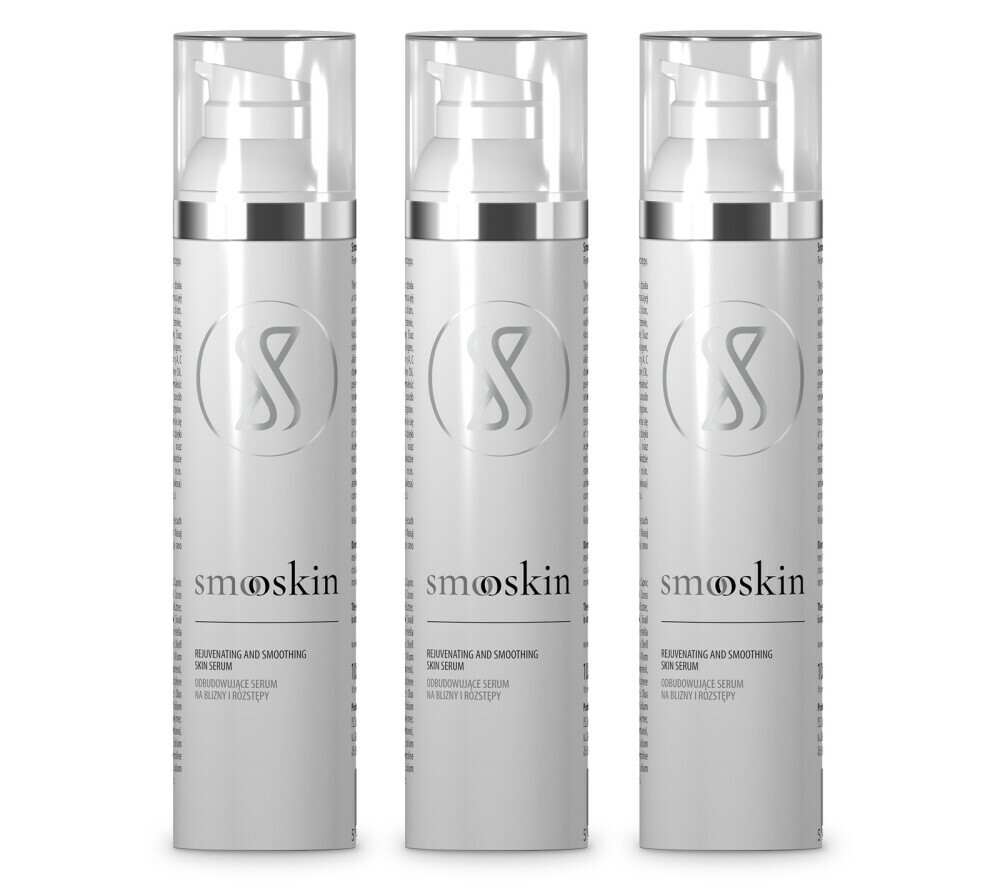Stretch marks, those pesky, often reddish or purplish streaks that eventually fade to a silvery white, seem to pop up at the most inconvenient times. They usually show up on the abdomen, thighs, hips, breasts, upper arms, and lower back—basically, any spot where skin is stretched. But what really causes them?

Quite a bit of it comes down to your genes. If your parents had stretch marks, you might be more likely to get them too. Skin type plays a role as well. Those with less elastic skin, often have a harder time bouncing back after stretching. So if your skin’s naturally on the drier side, you might be at higher risk.
Hormonal changes are another biggie. Puberty, pregnancy, and rapid weight gain or loss can all wreak havoc on your skin’s elasticity. Hormones like cortisol, when elevated, can thin your skin, making it more prone to stretch marks. That’s why it’s super common to see teens and pregnant women dealing with them.
Then, there’s the rapid growth factor. If you’re hitting the gym hard and packing on muscle, or if you’re experiencing rapid growth spurts in your teenage years, your skin might not keep up. It stretches to accommodate the new you, and that’s when marks can pop up.
There are a lot of common misconceptions floating around. Despite popular belief, stretch marks aren’t just a result of bad luck. It’s not about laziness or poor health choices. They’re a natural reaction of the skin under stress and rapid change. So, self-care and awareness can make a big difference.
Understanding these causative factors better equips you to take preventive measures. Knowing what to look out for and how your skin might react under different circumstances gives you a head start in minimizing the risk of stretch marks.
Dietary Adjustments for Healthier Skin

Diet plays a monumental role in your skin’s health and resilience. A balanced diet ensures your body gets the essential nutrients needed for maintaining skin elasticity and preventing those annoying stretch marks. So, what should you be munching on?
First and foremost, focus on vitamins. Vitamin C is a powerhouse for skin health, aiding in collagen production which keeps your skin firm and stretchy. Citrus fruits, strawberries, and bell peppers are great sources. Vitamin E, found in nuts, seeds, and leafy greens, acts as a powerful antioxidant, protecting your skin from damage.
Don’t sleep on minerals either. Ingredients like zinc and silica are critical for skin repair and regeneration. Zinc is abundant in foods like meat, shellfish, and legumes while silica can be found in bananas, oats, and barley.
Proteins are another essential part of the puzzle. They are the building blocks of your skin. Lean meats, eggs, and fish not only provide protein but also deliver Omega-3 fatty acids that keep your skin hydrated and supple.
And let’s not forget about hydration from within. Drinking plenty of water keeps your skin hydrated, improving its elasticity. Herbal teas and water-rich foods like cucumber and watermelon can also help keep skin moisturized.
While you incorporate these good foods, be sure to avoid high sugar and heavily processed foods. They can spike your insulin levels, leading to inflammation and breakdown of collagen and elastin in the skin. Think of it as trading short-term cravings for long-term health of your skin.
Putting all this into practice can seem daunting, but some minor tweaks can make a big difference. Try adding a side salad with leafy greens and bell peppers to your meals, swap out sugary snacks for a handful of nuts or a piece of fruit, and keep a water bottle handy to sip throughout the day. These small changes in your diet can set you on the path to healthier, more resilient skin, warding off those unwanted stretch marks.
The Role of Hydration in Preventing Stretch Marks

Keeping your skin well-hydrated is crucial in the fight against stretch marks. The more hydrated your skin is, the better its elasticity and overall health. So, how much water should you be drinking? The general guideline is about 8 glasses a day, but it can vary depending on factors like activity level, climate, and individual needs.
Water isn’t just about what you drink. Hydrating your skin from the inside out is important, but so is using topical products. Moisturizers and hydrating serums provide an external barrier that helps lock in moisture. Look for products with ingredients like hyaluronic acid, glycerin, and aloe vera, which are excellent for keeping your skin plump and hydrated.
Don’t forget foods that are naturally hydrating as well. Cucumbers, oranges, strawberries, and even lettuce can contribute to your daily water intake. These foods are not only refreshing but also packed with vitamins and minerals that support skin health.
Dehydration can make skin more susceptible to damage, including stretch marks. When your skin lacks moisture, it’s less resilient and less capable of handling the stress of stretching. Plus, dry skin can be itchy and uncomfortable, which might tempt you to scratch and cause further damage.
To make sure you’re staying adequately hydrated, try setting reminders to drink water throughout the day. Carry a reusable water bottle with you, and make it a habit to take a sip regularly. Opt for herbal teas and other low-sugar beverages if plain water just isn’t your thing. Keeping hydrated doesn’t have to be a chore, and your skin will thank you for the extra care.
Effective Skincare Routines to Improve Skin Elasticity
Skincare routines are your front-line defense against stretch marks. Regular moisturizing makes a world of difference. When your skin is well-moisturized, it’s more elastic and better equipped to handle stretching. Look for products rich in ingredients like cocoa butter, shea butter, and hyaluronic acid.
Choosing the right skincare products can be a bit overwhelming. Creams like Revamin Stretch Mark Cream and SmooSkin Serum are designed specifically to boost skin health and elasticity. These products usually contain a blend of vitamins, antioxidants, and natural oils that keep the skin supple.
Exfoliation is another key component. It helps remove dead skin cells, ensuring your skin stays soft and healthy. Gentle exfoliants, like those with sugar or oatmeal, can improve blood flow and make your skin look more radiant. Just be mindful not to overdo it—too much exfoliation can cause irritation.
Natural remedies are also worth considering. Oils like rosehip, almond, and coconut can be massaged into your skin to boost its elasticity. These natural options are loaded with nutrients that aid in skin repair and hydration.
Knowing when to seek professional advice is just as important. If stretch marks are a major concern, consulting with a dermatologist can provide you with targeted treatments like laser therapy or medical-grade creams. They can give you a personalized skincare plan that fits your specific needs.
Exercise and Physical Activity: Enhancing Skin Health

Physical activity isn’t just great for your overall health—it can significantly boost your skin’s resilience too. Regular exercise promotes better circulation, which means more oxygen and nutrients reach your skin, keeping it healthy and robust.
Certain exercises are particularly beneficial for your skin’s elasticity. Cardiovascular activities like running, cycling, or even brisk walking improve blood flow and nutrient delivery to the skin. Strength training keeps those muscles firm, preventing the rapid stretching that can lead to marks.
It’s also crucial to strike the right balance. Exercises that cause rapid muscle gains can sometimes strain the skin too much. If you’re focusing on bodybuilding, ensure you’re also working on flexibility to keep your skin elastic. Yoga and Pilates are excellent for this, as they help improve both flexibility and muscle tone.
Managing your body weight through regular exercise plays a huge role in preventing stretch marks. Sudden weight gain or loss can cause the skin to stretch or shrink quickly, leading to those tell-tale lines. Consistent, moderate activity helps maintain a stable weight, reducing the stress on your skin.
Incorporating activities that enhance flexibility and strength into your routine is beneficial. Things like daily stretching, yoga, or Pilates fit the bill. These exercises don’t just make you more limber—they also ensure your skin stays supple.
Ultimately, the key is consistency. It’s all about making exercise a regular part of your lifestyle, not just an occasional effort. Your skin will respond positively, becoming more toned and resilient, making stretch marks less likely to appear.
Mindfulness and Stress Management: Indirect Benefits for Skin

It’s surprising how much stress can affect your skin. High stress levels can throw hormones out of whack, leading to skin problems, including stretch marks. Managing stress effectively can, therefore, have some indirect but significant benefits for your skin.
Techniques like meditation, deep breathing, and yoga can help reduce stress levels. These mindfulness practices not only improve your mental health but also benefit your skin by keeping those stress hormones in check. For instance, regular yoga can make you feel more relaxed and centered, giving your skin a chance to stay healthy.
Quality sleep is another crucial factor. Your body repairs itself when you sleep, including your skin. Skimping on shut-eye can leave your skin looking tired and more prone to damage. Aim for a consistent sleep schedule, ensuring you get around 7-9 hours each night.
Incorporating stress management into your routine doesn’t have to be difficult. Simple practices like taking a few minutes each day to meditate, practicing mindfulness, or even just taking a walk can make a big difference. Remember, a holistic approach to wellness not only improves your mental and physical health but also keeps your skin in top shape.
Being mindful of your overall well-being reflects positively on your skin. It’s all interconnected. When your mind is at ease, your body—including your skin—functions better, and those dreaded stretch marks are less likely to develop.
Stretch Mark Reduction Resources:
How to Conceal Stretch Marks with Makeup

Leave a Reply